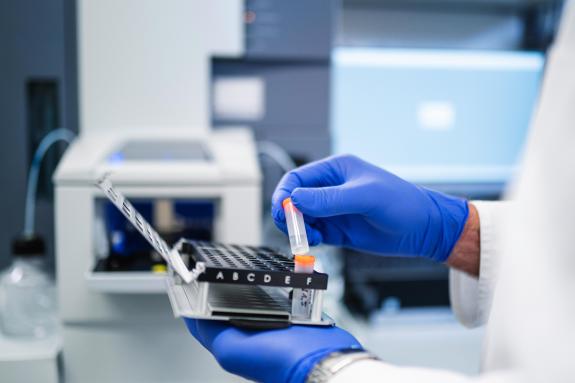We are now all familiar with the life-saving mRNA vaccines that protect us from the SARS-CoV-2 virus. Although they were developed quickly, decades of research went into the design of the first mRNA vaccines. The first RNA-based drug called nusinersen for the treatment of muscular dystrophy, a neuromuscular disease, was launched in 2016. Companies like BioNTech and Moderna are now trying to use the principles behind nusinersen and mRNA vaccines to treat a variety of other diseases, including genetic diseases, cancer and other infectious diseases.
Our group is trying to apply the principles of RNA-based drugs to human fungal pathogens that cause often overlooked but serious infections in immunocompromised patients. In the laboratory, we are studying the biology and biochemistry of human pathogenic fungi such as Aspergillus fumigatus and the role of RNA in human cells during fungal infections. We hope to use these studies to find new drug targets and develop new therapies for these deadly pathogens that kill more than 1.6 million people every year.
In this station, we'll show you the general mechanism behind RNA-based drugs, tell you about some promising new directions, and even help you develop your own RNA drug to counteract a harmful human pathogen!

